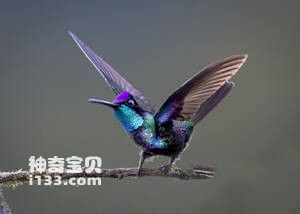
Eugenes fulgens
Eugenes fulgens,Rivoli's Hummingbird
The great hummingbird is Eugenes fulgens, foreign name Rivoli' s Humming···
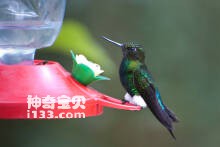
Eriocnemis vestitus
Eriocnemis vestitus,Glowing Puffleg
The hummingbird's scientific name is Eriocnemis vestitus and Glowing Puf···
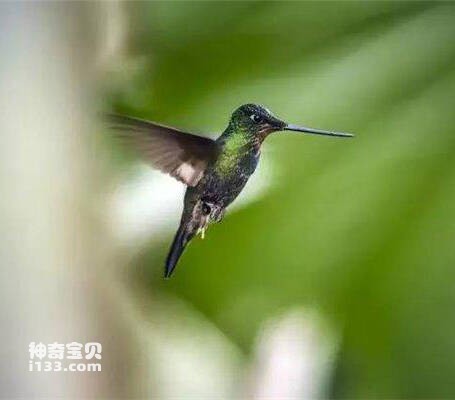
Eriocnemis nigrivestis
Eriocnemis nigrivestis,Black-breasted Puffleg
The Black-breasted Puffleg hummingbird is known as Eriocnemis nigrivestis or···
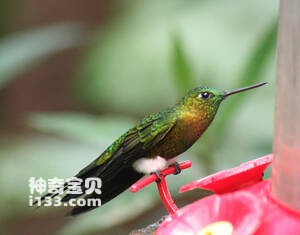
Napothera atrigularis
Napothera atrigularis,Golden-breasted Puffleg
The Golden-breasted Puffleg hummingbird is known as Napothera atrigularis or···
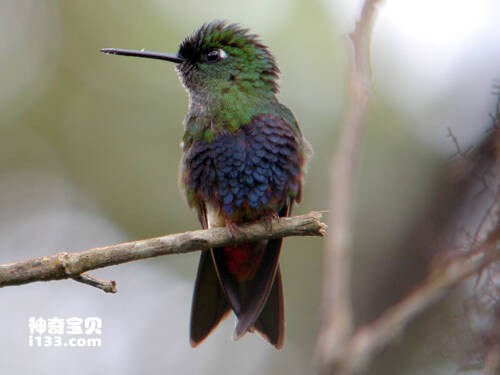
Eriocnemis mirabilis
Eriocnemis mirabilis,Colorful Puffleg
The Colorful Puffleg hummingbird (Eriocnemis mirabilis, Colorful Puffleg) is···
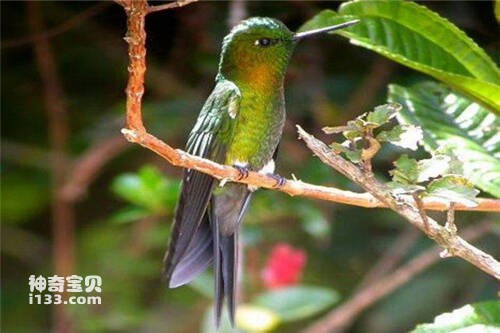
Eriocnemis sapphiropygia
Eriocnemis sapphiropygia,Sapphire-vented Puffleg
The copper-necked hairy-legged hummingbird is known as Eriocnemis sapphiropy···
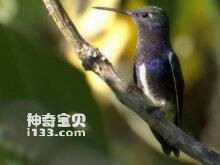
Eriocnemis luciani
Eriocnemis luciani,Sapphire-vented Puffleg
The blue-rumped hairy-legged hummingbird's scientific name is Eriocnemis···
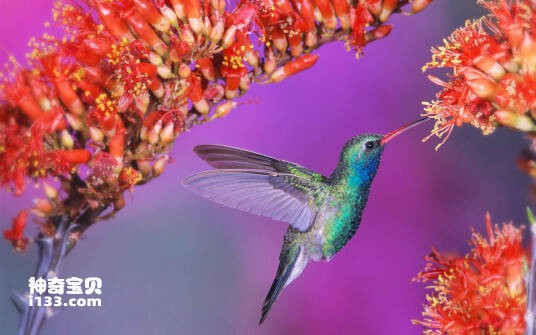
Eriocnemis godini
Eriocnemis godini,Turquoise-throated Puffleg
The Turquoise-throated Puffleg (Eriocnemis godini) is a possibly extinct hum···
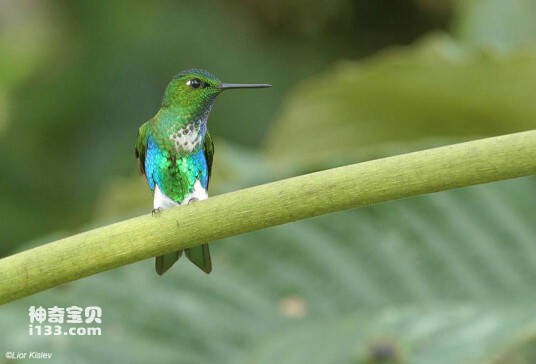
Eriocnemis glaucopoides
Eriocnemis glaucopoides,Blue-capped Puffleg
The Blue-capped Puffleg hummingbird is known as Eriocnemis glaucopoides or b···
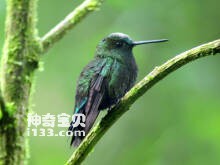
Eriocnemis derbyi
Eriocnemis derbyi,Black-thighed Puffleg
The hummingbird's scientific name is Eriocnemis derbyi, and its foreign ···
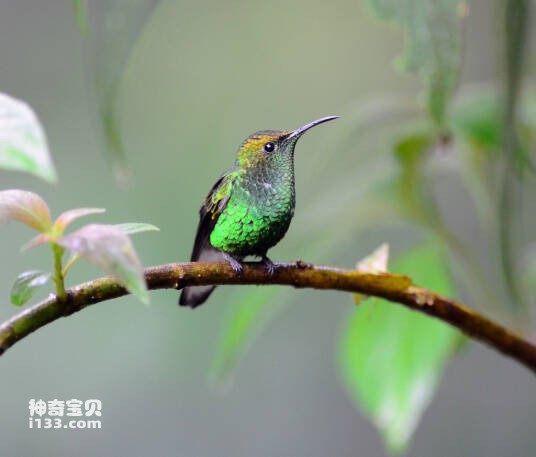
Eriocnemis cupreoventris
Eriocnemis cupreoventris,Coppery-bellied Puffleg
The coppery-bellied Puffleg hummingbird's scientific name is Eriocnemis ···
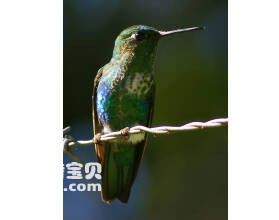
Eriocnemis alinae
Eriocnemis alinae,Emerald-bellied Puffleg
The bird's scientific name is Eriocnemis alinae and its foreign name is ···
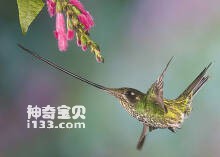
Ensifera ensifera
Ensifera ensifera,Sword-billed Hummingbird
Sword-billed Hummingbird (Ensifera ensifera) Sword-billed Hummingbird, no su···
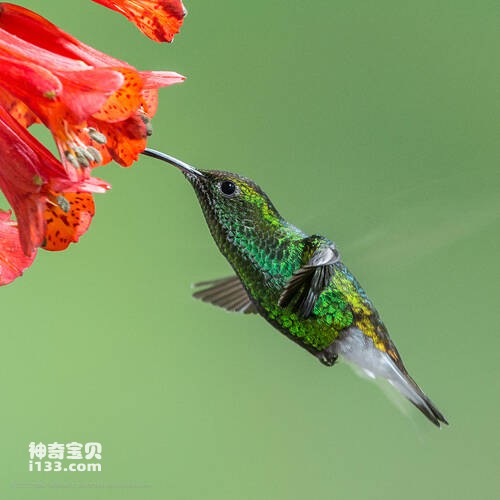
Elvira cupreiceps
Elvira cupreiceps,Coppery-headed Emerald
The Coppery-headed Emerald is known as Elvira cupreiceps and coppery -headed···
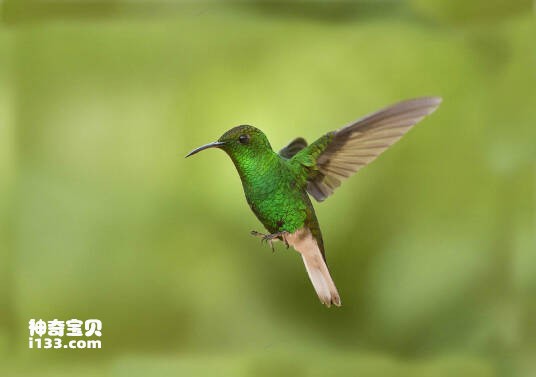
Elvira chionura
Elvira chionura,White-tailed Emerald
The White-tailed hummingbird is known as Elvira chionura and white-tailed Em···
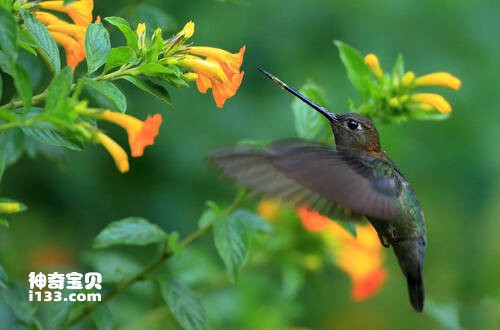
Doryfera ludoviciae
Doryfera ludoviciae,Green-fronted Lancebill
The Green-fronted hummingbird is known as Doryfera ludoviciae or green-front···
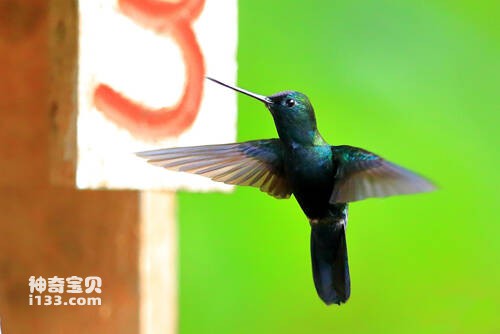
Doryfera johannae
Doryfera johannae,Blue-fronted Lancebill
The Blue-fronted Lancebill hummingbird is known as Doryfera johannae or blue···
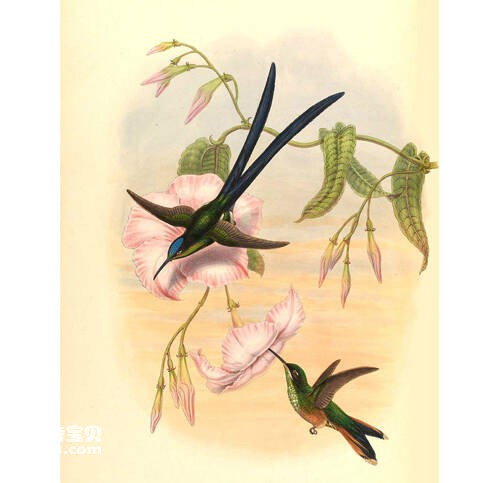
Hylonympha macrocerca
Hylonympha macrocerca,Doricha enicura,Scissor-tailed Hummingbird
The Scissor-tailed Hummingbird is Hylonympha macrocerca, Doricha enicura, an···
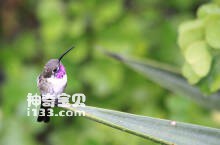
Doricha eliza
Doricha eliza,Mexican Sheartail
The Mexican Sheartail hummingbird is known as Doricha eliza or Mexican Shear···
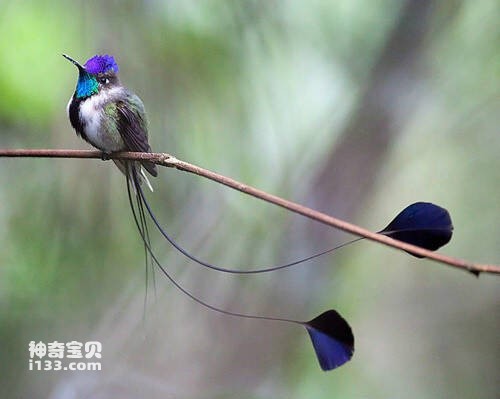
Discosura longicauda
Discosura longicauda,Racquet-tailed Coquette
The fantail hummingbird is Discosura longicauda and Racquet-tailed Coquette.···
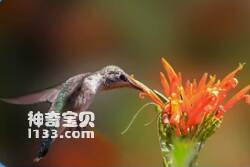
Discosura letitiae
Discosura letitiae,Coppery Thorntail
The Coppery Thorntail, coppery Discosura letitiae, is unknown.Protect wild a···
